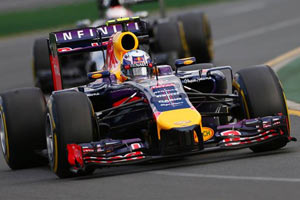trinidefender wrote:Go and do some reading on wing vertical wing tips. Do not use the word stall as it is highly misleading regardless of your intentions and in an aerodynamics term completely incorrect.
[...]
The part that may confuse some people is that while it reduces drag it may have very small to nil to even positive effect on downforce. I am not saying it will but that in some scenarios it can.
[...]
I've described in great detail over the last couple of pages exactly what I meant. However, anyone merely skimming through it all may have missed not only that but any of the
several instances in which I've detailed the inevitability of a loss of some downforce concurrent with drag reduction.
(I admit it; I'm long-winded, and I love words.)
It's simply impossible to increase pressure under a wing at any point and maintain full efficiency at the same time, because they are mutually exclusive goals. But, that's A-OK for a car that experiences peak drag forces at speeds well in excess of any speed where downforce is useful.
Put another way: absent the presence of moveable bodywork, which is banned save for limited circumstances, the ideal rear wing will operate at peak efficiency only up until the car reaches the highest speed in which peak downforce is needed for a turn, a speed generally much lower than a car's top-speed on any given circuit. From then on, as such levels of downforce are totally useless, because it's all just drag, the wing will get rid of it as best as it can.
The slots on the end plates of the RB10 are a step in that direction.
(Hey, no pictures this time.)





